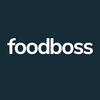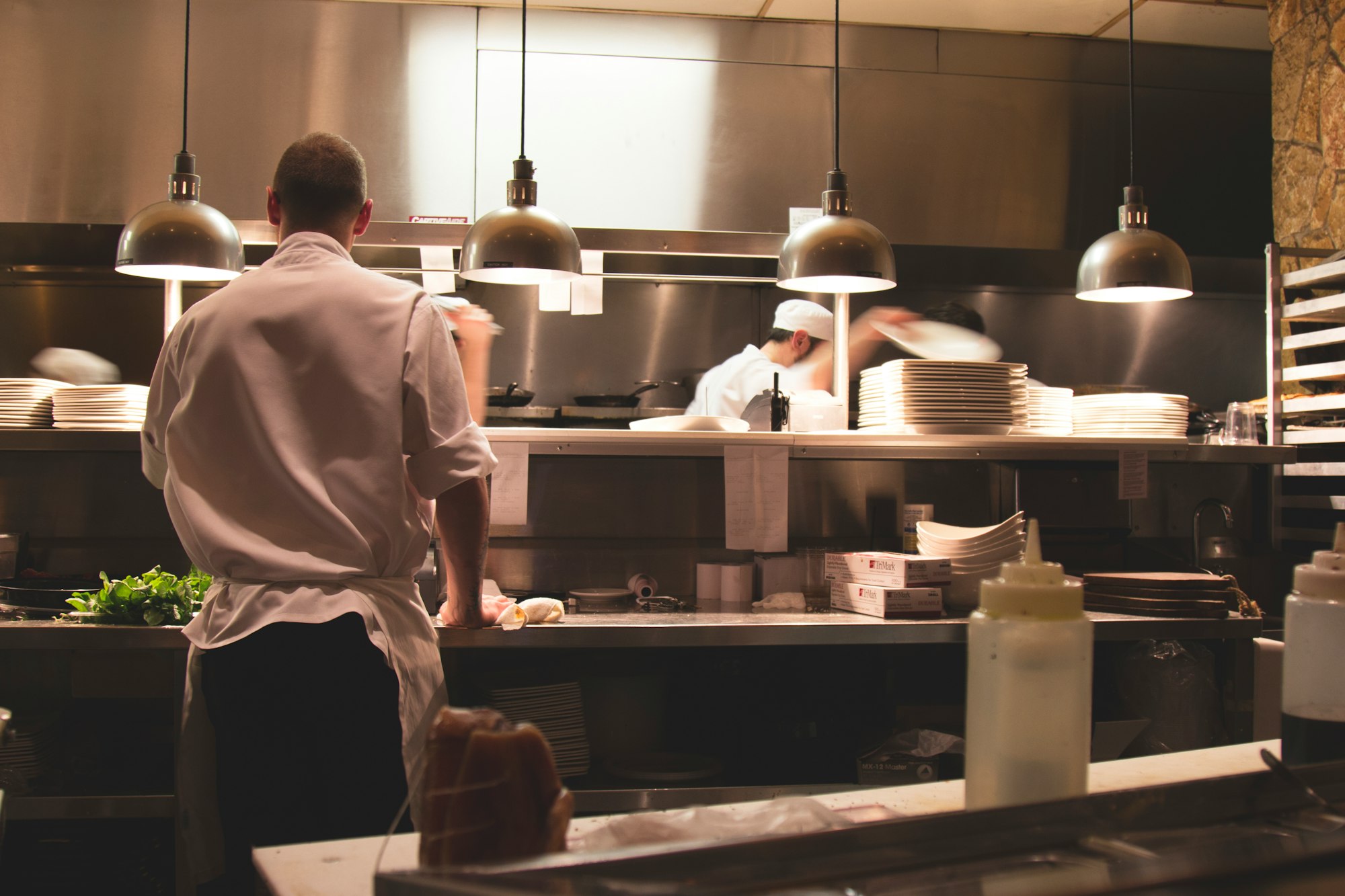In the last few months, food delivery in the US has grown in popularity and demand more rapidly than ever before. With the various state-wide closures and shutdowns, essentially shuttering dine-in options at almost every restaurant in the country, food delivery became the sustaining life blood of both the restaurant industry and hungry consumers across America.
In the first few months after a national emergency was declared due to the Coronavirus pandemic, food delivery sales increased by 51%. In general, food delivery is a pretty generic term that can refer to multiple different options and ways food is delivered.
There are a few major types of food delivery a restaurant can offer. Third party food delivery, point of sale software, and traditional phone-in delivery are the major options. Each is distinctly unique and beneficial for both the restaurant and diners alike. Below we will explain what distinguishes each type of these services and the pros/cons of both for consumers and restaurants.
Third Party Food Delivery:
Third party food delivery is probably the most talked about method of food delivery. While it remains the most popular among college-aged and young working professionals, the pandemic has expanded this option's popularity among all segments of the population. Restaurants have turned to this option more and more to drive demand and orders to their businesses.
If you’re not familiar with the term ‘third party food delivery,’ you may still be familiar with some of the largest services in the space; Uber Eats, Grubhub, Postmates, or DoorDash.
What differentiates third party food delivery from other options is who delivers the food. Delivery services, like those mentioned above, employ large fleets of independent contractors as drivers or couriers. These individuals pick up food from restaurants in their area and deliver it straight to the door of those who ordered (make sure to use contactless delivery options).
While there has been some backlash from restaurateurs over the fees charged by these delivery services, they have still been able to drive many more orders to restaurants across the country. Additionally, many cities across the country have imposed fee limits to cap the amount of money services can charge restaurants.
Third parties are growing faster than any other food delivery option.
Point of Sale (POS) System:
Some restaurants prefer to handle their own food delivery options themselves. For restaurants that like to hire their own delivery drivers, a POS system (also known as order direct) with a food delivery integration might be best. If you have ever ordered delivery directly from a restaurant website, it’s likely you have ordered with a POS system that the restaurant employs on their website.
There are many different POS and order direct options to choose from. Depending on what features you want included in order to implement food delivery as a restaurant. Examples of possible features include menu support so you can easily load and edit your restaurant menu or driver tracking so you can track where your drivers are out on their deliveries.
The benefit of implementing a POS system for a restaurant is that the restaurant can control the fees customers pay and limit the fees they pay. On the other hand, implementing a POS system takes some initial effort to implement and integrate into a restaurant's existing flow.
As a customer, ordering from a POS can make some things easier. For instance, the fees you’ll pay will likely be more transparent. And perhaps more importantly, a POS system is much easier to control for the restaurant so their menu and prices are far more likely to be correct compared to a third party food delivery service.
Phone-In Delivery:
This is the most traditional form of food delivery ordering. This is an instant throwback to Seinfeld reruns. You might even have a long forgotten drawer full of pizza and Chinese takeout menus. You call the restaurant to place your order and at some point they’ll come to drop the food off at your door.
This option is the easiest for a restaurant to control, but the lack of technology based ordering means orders can often be prepared incorrectly. Additionally, from a customers point of view, it’s hard to know when the food will arrive. Compared to a third party or POS order where you know much more accurately when the driver will show up, a phone-in delivery is less reliable.
Which Option is Best?
As a restaurant looking to expand your offering and implement food delivery to acquire more business and grow, you have different options to choose from. It’s unlikely that many new restaurants these days will opt for the phone delivery option. So essentially the choice is between a third party food delivery service or a POS system.
Each has positive and negatives compared to the other. Up-front costs are higher for the POS system, but over time third party delivery systems will cost you more. On the other hand, the barrier to entry is much lower for third party delivery, while a POS system requires hands on implementation.
Another possible benefit for existing restaurants that already use a POS system but don’t currently offer food delivery is that the POS system may already have delivery capabilities that you just have to turn on and set up which would limit your initial cost.
Some restaurants even opt to use both options interchangeably. Especially at this time, every order counts for restaurants. While a third party service may be better at highlighting and increasing a restaurant's visibility, it might be more expensive in the end. And a POS system is unlikely to capture orders from a new customer who doesn’t already know about the restaurant. But using them hand in hand can allow a restaurant to reap the benefits of both. At off hour times, turning on third party delivery may capture additional order. And mostly using the POS system during peak hours will keep your restaurant flow organized while you reap higher profits.
Whichever option is preferable, one or the other, or a mixture of both, delivery is the best option during these times for restaurants to expand their reach.
Sources:
https://trends.edison.tech/research/covid-19-online-food-services.html

